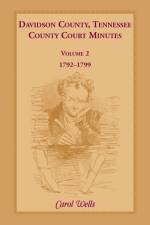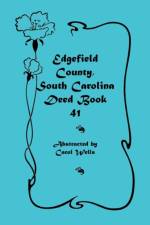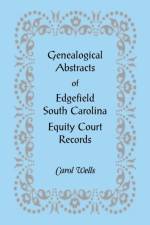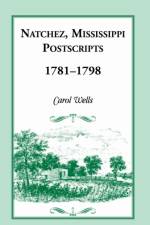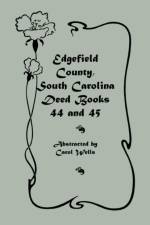- County Court Minutes, 1813-1816, and Circuit Court Minutes, 1810-1816
av Carol Wells
339,-
Family historians can hardly find a better way to add life to genealogical records than by reading county court minutes. On these pages can be found references to remarriages, heirs, apprenticeships, orphans, transients, indigents, and the insane. Mentioned here are: the laying out of roads, licensing of officials, mills, ferries, and ordinaries, as well as suits for assault, trespass, debt, paternity, land, and other county matters. Giles County was cut from Maury County in 1809. By this time, Indian problems were in the past, and the area was filling rapidly with settlers. Some families farmed only for a season or two before going elsewhere. Depositions and powers of attorney show connections to counties in South Carolina, North Carolina, Virginia, and Kentucky. Court was held in private homes until a courthouse was built, which soon burned. These records were abstracted from two surviving county court minute books and one circuit court minute book dating from before 1820. In the absence of census records for early Tennessee, and considering the destruction of many other early records, the information obtained from these three small books is an important discovery for genealogists. This book is arranged chronologically and has an every-name index.



